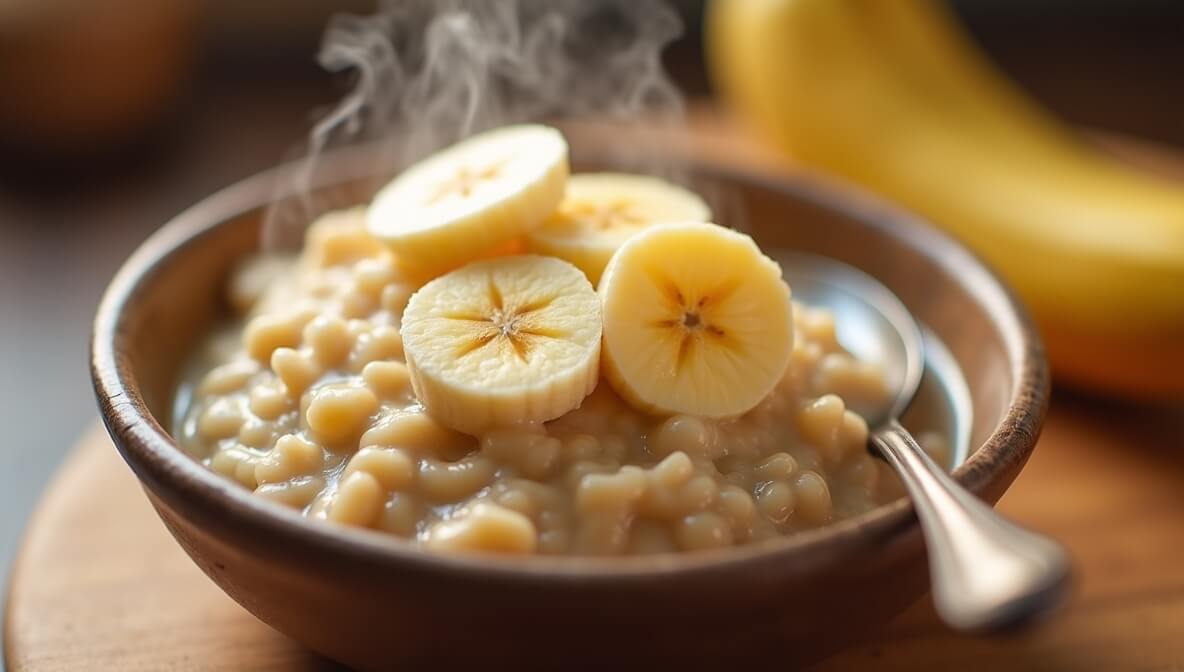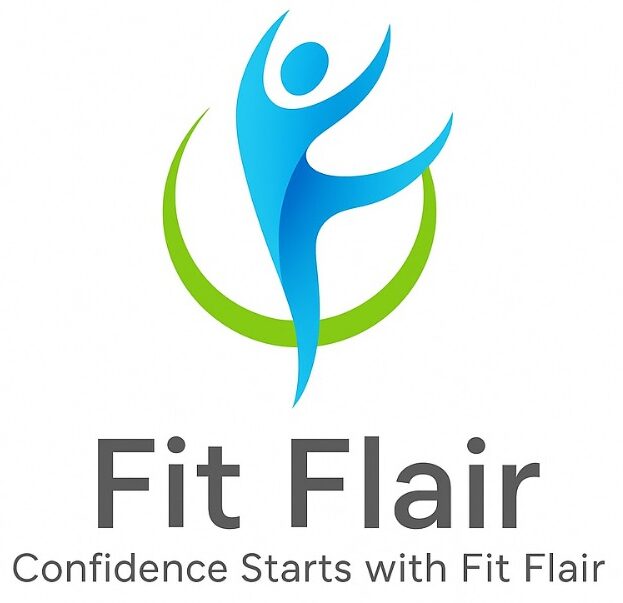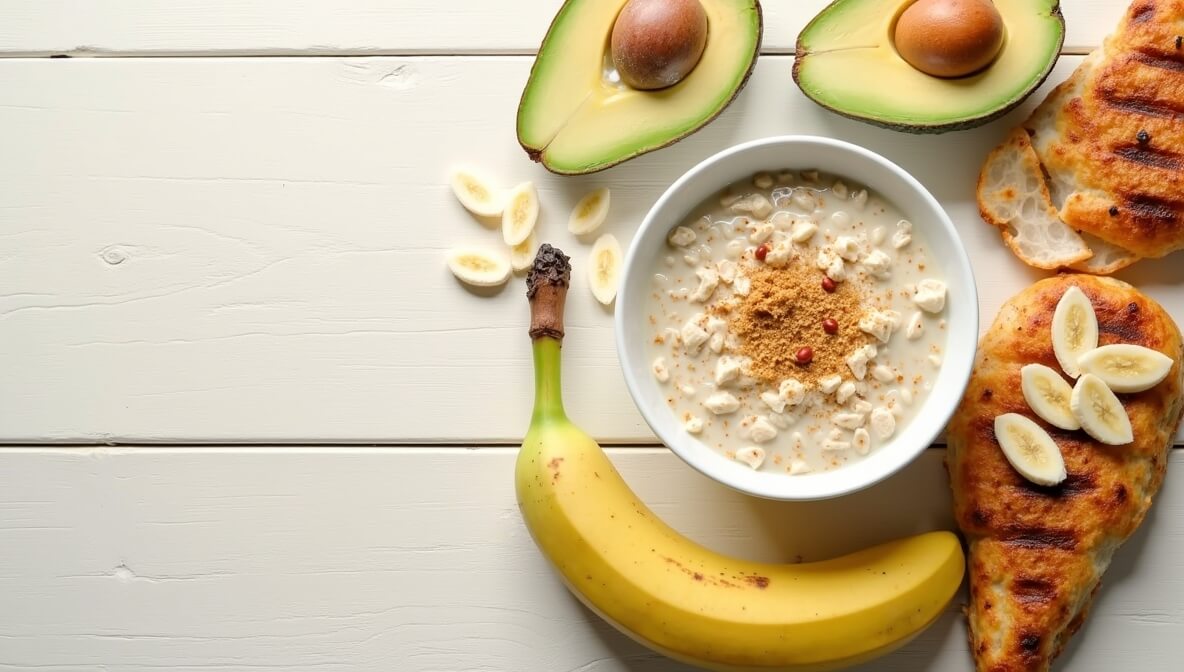Struggling with what to eat for Crohn’s disease? A dietitian shares 11 gut-friendly foods to help you avoid flares and feel your best. Start eating with confidence!
Tired of the trial-and-error diet? Discover simple, safe foods you can eat to help manage symptoms and prevent painful flare-ups, backed by nutritional science.
Standing in front of an open fridge, wondering, “What on earth can I eat that won’t make me sick?” is a daily struggle for millions living with Crohn’s disease. The fear of triggering a painful flare-up can turn meals, which should be a source of joy and nourishment, into a source of anxiety. But it doesn’t have to be this way.
Navigating your diet with Crohn’s is deeply personal, but there are certain foods that are consistently easier on the digestive system. Here at Fitflair, we believe in empowering you with credible, expert-backed information. That’s why we’ve consulted with a dietitian to compile a list of gut-friendly options you can confidently eat to help keep your symptoms in check.
In this guide, you won’t find generic advice. You’ll discover 11 specific foods, why they work, and simple ways to prepare them to support your journey toward remission and a more peaceful gut.
Understanding the Crohn’s Disease Diet: It’s Personal
Before we dive into the list, it’s crucial to remember one thing: there is no one-size-fits-all “Crohn’s diet.” What works for one person might be a trigger for another. The goal is to identify your safe foods. Think of this list as a starting point—a collection of generally well-tolerated foods you can experiment with under the guidance of your healthcare provider or dietitian.
The foods listed below are often recommended during remission or when symptoms are mild because they are:
-
Low in Fiber: Specifically, low in insoluble fiber, which can be rough on an inflamed intestine.
-
Easy to Digest: They don’t require a lot of work from your gut to break down.
-
Nutrient-Dense: They provide essential vitamins and minerals without causing irritation.
The 11 Best Foods to Eat to Help Avoid a Crohn’s Flare
Here are 11 gentle, nourishing foods a dietitian would encourage you to try incorporating into your diet.
1. Oatmeal (Well-Cooked)
Oatmeal is rich in soluble fiber, which absorbs water and turns into a gel-like substance in your digestive tract. This can help add bulk to stool and is much gentler than the insoluble fiber found in raw vegetables or whole nuts.
-
Actionable Tip: Cook your oats thoroughly with water or a dairy-free milk alternative until they are very soft and creamy. Avoid adding high-fiber toppings like whole nuts or seeds. A drizzle of honey or maple syrup is usually well-tolerated.
2. Bananas
Soft, easy to digest, and packed with potassium, bananas are an excellent choice. This electrolyte is especially important if you’ve experienced diarrhea. They are a simple, portable, and gut-friendly fruit to eat anytime.
-
Actionable Tip: Choose ripe bananas (the ones with a few brown spots), as they are lower in resistant starch and easier for your gut to handle.

3. Salmon
Fatty fish like salmon are loaded with omega-3 fatty acids, which have powerful anti-inflammatory properties. Since Crohn’s is an inflammatory bowel disease (IBD), incorporating anti-inflammatory foods can be incredibly beneficial.
-
Actionable Tip: Bake, poach, or steam your salmon instead of frying it. Season simply with salt, pepper, and dill. Avoid heavy, creamy sauces.
4. Lean Poultry (Chicken & Turkey)
When your gut is sensitive, lean protein is your friend. Skinless chicken or turkey breast is easy to digest and provides the essential amino acids your body needs to heal and stay strong.
-
Actionable Tip: Always remove the skin and any visible fat. Baking, grilling, or boiling are the best preparation methods. Shredded chicken is especially easy to eat and digest.
White Rice
While brown rice is often touted as healthier, white rice is the better option when dealing with Crohn’s symptoms. Its fiber and bran have been removed, making it incredibly easy to digest and providing a source of energy that won’t irritate your gut.
-
Actionable Tip: Serve it plain or with a simple, gut-friendly sauce. It’s a perfect base for a meal with baked salmon or shredded chicken.
6. Scrambled Eggs
Eggs are a nutritional powerhouse—full of protein and easy to prepare. Scrambled is often the best method as it keeps them soft and uniform in texture, making them very easy to digest.
-
Actionable Tip: Cook them without adding milk or cheese initially to see how you tolerate them. Use a minimal amount of oil or a non-stick pan.
7. Bone Broth
Sipping on warm bone broth is both soothing and nourishing. It’s rich in minerals and amino acids like glycine that can help support the intestinal lining. It’s also hydrating, which is vital for anyone with IBD.
-
Actionable Tip: Look for a high-quality, low-sodium bone broth without added onion or garlic powders, as those can be triggers for some.
8. Avocado
Packed with healthy monounsaturated fats, potassium, and soluble fiber, avocado is a creamy, gentle food. A quarter or half of an avocado is a great way to add calories and nutrients to a meal without causing distress.
-
Actionable Tip: Mash it onto a piece of white toast or blend it into a smoothie. Make sure it’s ripe and soft before you eat it.
9. Cooked Carrots & Squash
Raw vegetables can be a major trigger. However, when cooked until very tender, vegetables like carrots, zucchini (peeled), and butternut squash become much easier to digest. Cooking breaks down the tough plant fibers.
-
Actionable Tip: Steam, boil, or bake these vegetables until they are fork-tender. Puréeing them into a soup is another excellent and soothing option.
10. Smooth Nut Butters
While whole nuts are a no-go during a flare, smooth peanut or almond butter can be a great way to get healthy fats and protein. The key word is smooth—avoid the crunchy varieties that contain hard-to-digest nut pieces.
-
Actionable Tip: A tablespoon spread on a banana or a slice of white bread is a simple, energy-boosting snack.
11. Peeled and Seedless Cucumbers
For a refreshing, hydrating, and low-fiber vegetable, look no further than cucumbers with the skin and seeds removed. The flesh is mostly water, making it extremely gentle on the digestive system.
-
Actionable Tip: Slice the peeled, deseeded cucumber and eat it plain as a crunchy, cooling snack.
The Crohn’s & Colitis Foundation provides excellent resources and can help you find a registered dietitian specializing in IBD Crohn’s & Colitis Foundation
Are all vegetables bad for Crohn’s disease?
Not at all! The key is preparation. Raw, high-fiber vegetables (like broccoli or kale) can be problematic. However, soft-cooked, peeled, and de-seeded vegetables like carrots, squash, and spinach (in moderation) are often well-tolerated and provide essential nutrients.
Can I eat bread with Crohn’s disease?
Many people with Crohn's find that bread made from refined white flour (like sourdough or a simple white loaf) is easier to digest than whole-wheat or high-fiber multigrain breads. Always listen to your body to see what works for you.
How important is hydration with Crohn’s disease?
Hydration is critically important, especially if you experience diarrhea, as it can lead to significant fluid and electrolyte loss. Aim to sip water throughout the day. Bone broth and diluted fruit juices can also contribute to your fluid intake.
Should I eat dairy if I have Crohn’s disease?
This is highly individual. Many people with Crohn's also have lactose intolerance. If you find dairy triggers symptoms like gas, bloating, or diarrhea, it’s best to opt for lactose-free or dairy-free alternatives like almond or oat milk.
Finding a diet that works for you is a journey, not a destination. While the fear of what to eat is real, you can reclaim control and find peace at mealtimes. This list of 11 dietitian-approved foods—from soothing oatmeal to nutrient-rich salmon—serves as a safe and reliable starting point.
The key is to listen to your body, introduce new foods one at a time, and keep it simple. By focusing on gentle, easy-to-digest options, you can nourish your body effectively while minimizing the risk of a flare-up.
What are your go-to safe foods? Share your experience in the comments below to help others in the Fitflair community!
This post was written in consultation with a registered dietitian and the editorial team at Fitflair . Our mission is to provide you with expert-vetted, empathetic, and actionable content to help you live a healthier, happier life. We are passionate about making wellness accessible to everyone.

